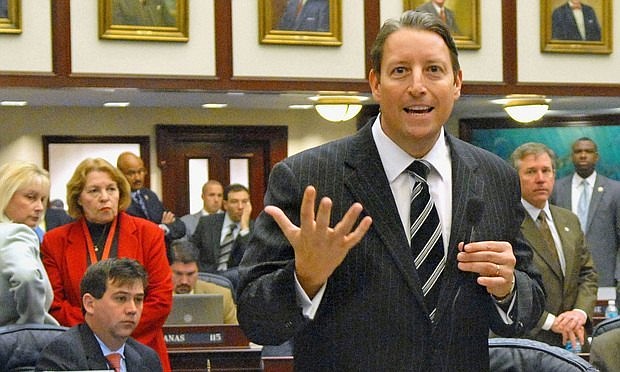- December 15, 2025
-
-
Loading

Loading

In May 2019, Florida Gov. Ron DeSantis signed into law the Multi-use Corridors of Regional Economic Significance program.
M-CORES and other transportation programs are expected to be funded by about $135 million a year starting in fiscal year 2022-23, using portions of motor vehicle license taxes. The bill also set into motion activities within the Department of Transportation, including establishing task forces to study three potential road corridors. One of those is the Southwest-Central Florida Connector, extending from Collier to Polk counties. The task forces are charged with delivering a final report by Oct. 1.